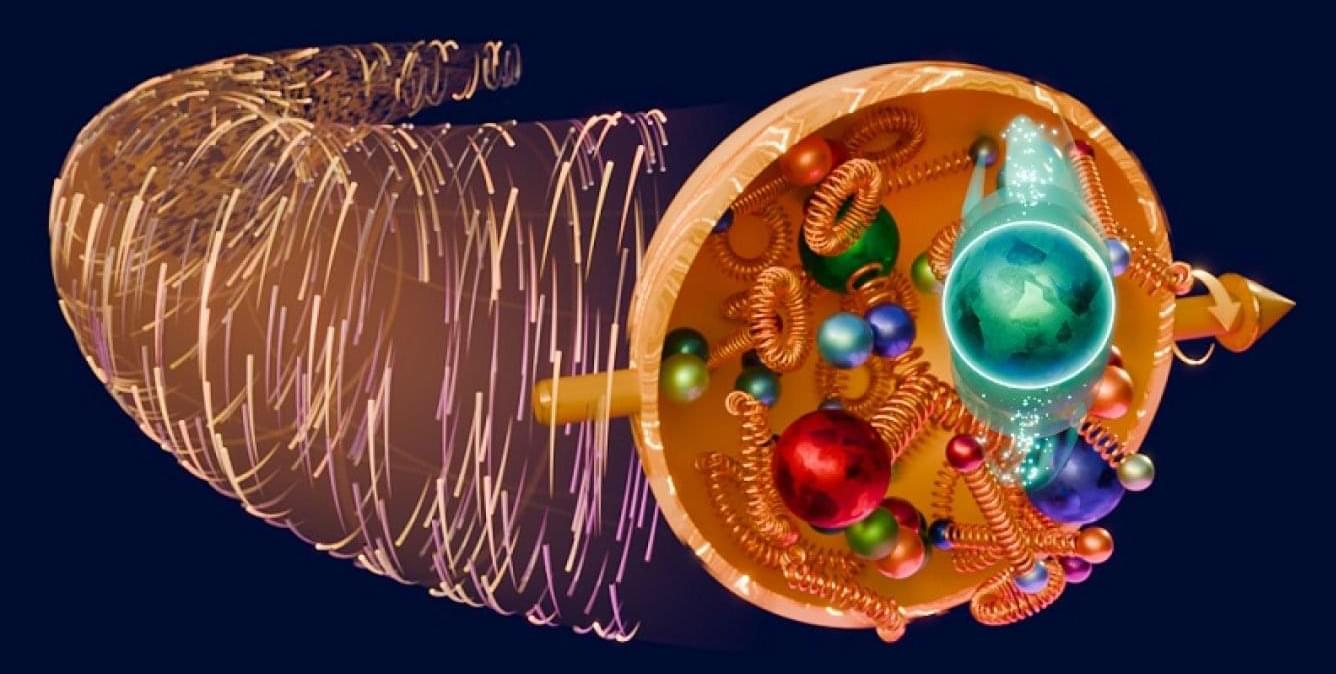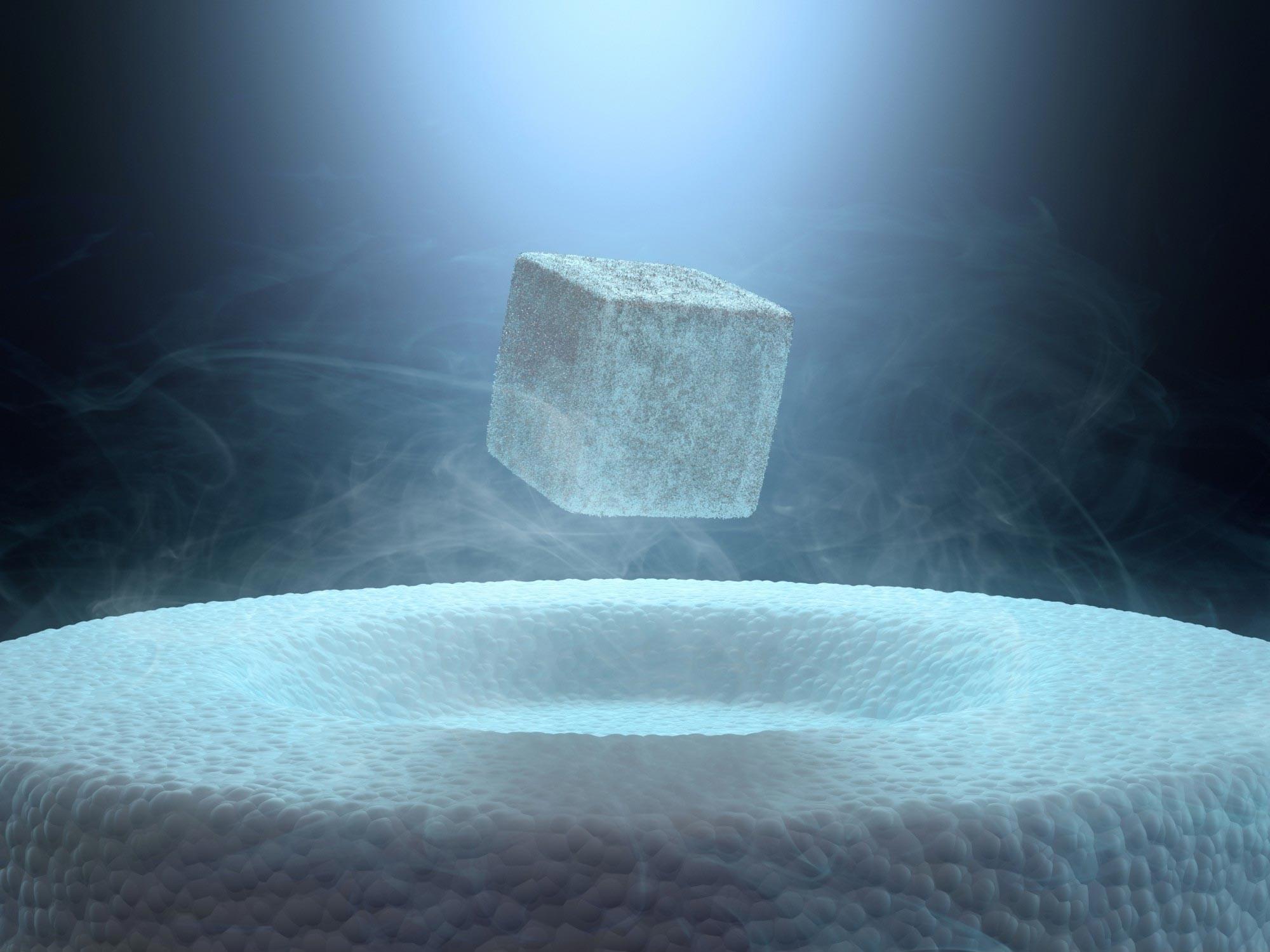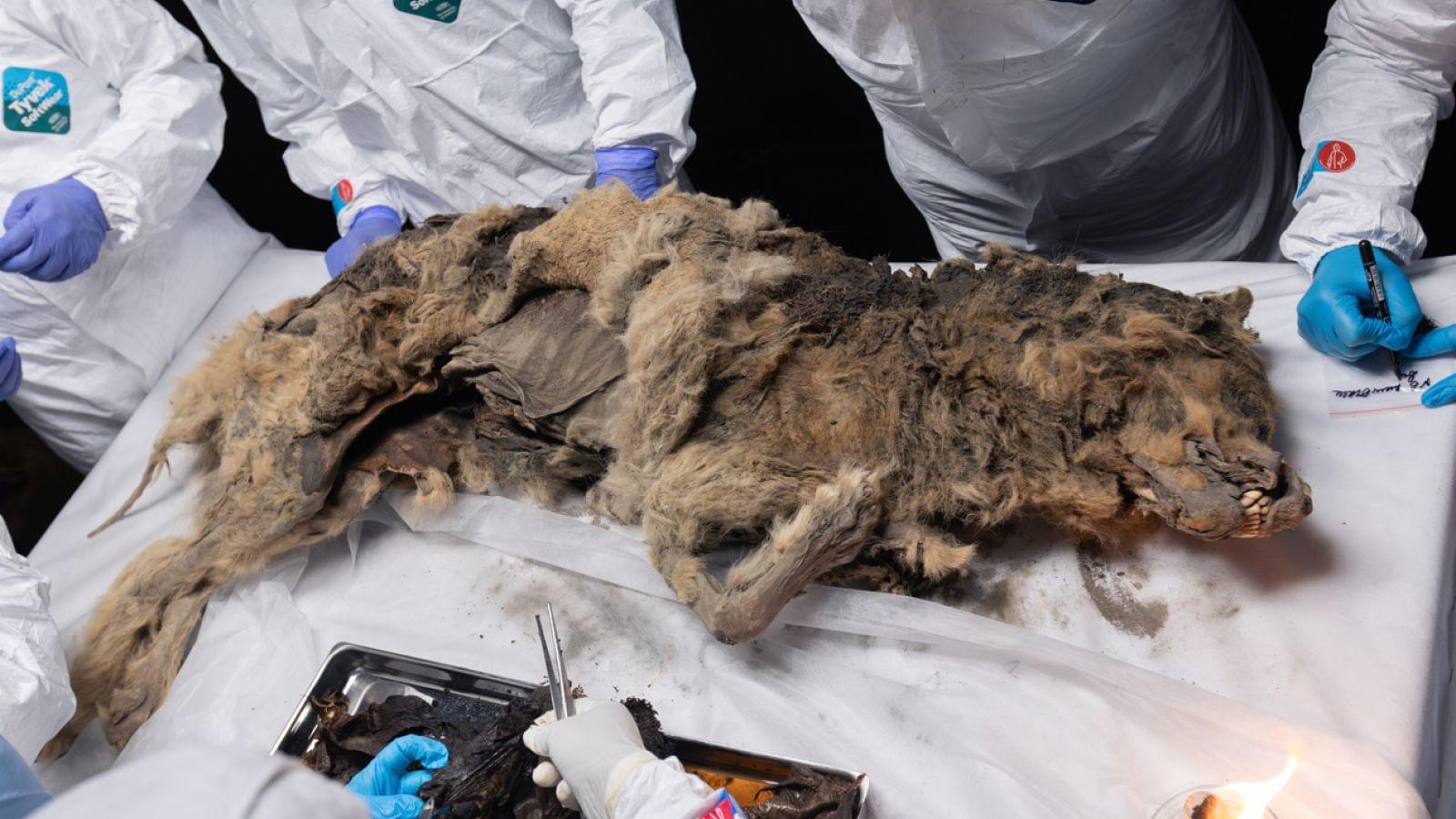Nuclear physicists have developed a new theoretical framework that allows them to calculate a crucial quantity for understanding the three-dimensional movement of quarks inside a proton. Using this innovative method, researchers have created a far more precise picture of the quarks’ transverse motion, the movement that occurs around a proton’s spin axis and at right angles to its forward direction.
The latest calculations align closely with model-based reconstructions derived from particle collision data. They are especially effective for describing quarks with low transverse momentum, a region where older techniques lacked precision. Scientists plan to use this refined approach to better predict the full 3D behavior of quarks and the gluons that bind them in upcoming collider experiments.
Understanding the source of proton spin is one of the key scientific objectives of the upcoming Electron-Ion Collider (EIC). At this facility, collisions between spin-aligned protons and high-energy electrons will make it possible to measure the transverse motion of quarks and gluons within protons with remarkable accuracy.









